Not Lincoln, Abraham Cahan, nonetheless amazing, but not as well known as the stovepipe-hat-wearing President of the United States. Amazing Abe: How Abraham Cahan’s Newspaper Gave a Voice to Jewish Immigrants could be a tough sell to elementary age audiences. It could be, but it overcomes the non-fiction, biography resistance to unknown figures that those ages have by making the book accessible in its brief text that highlights enough of Cahan’s interesting life to make kids want to care. Amazing Abe also detailed art, but not so much so that it looks real, it’s right in the area encompassing the kind that clever kids want to see in their illustrated books.
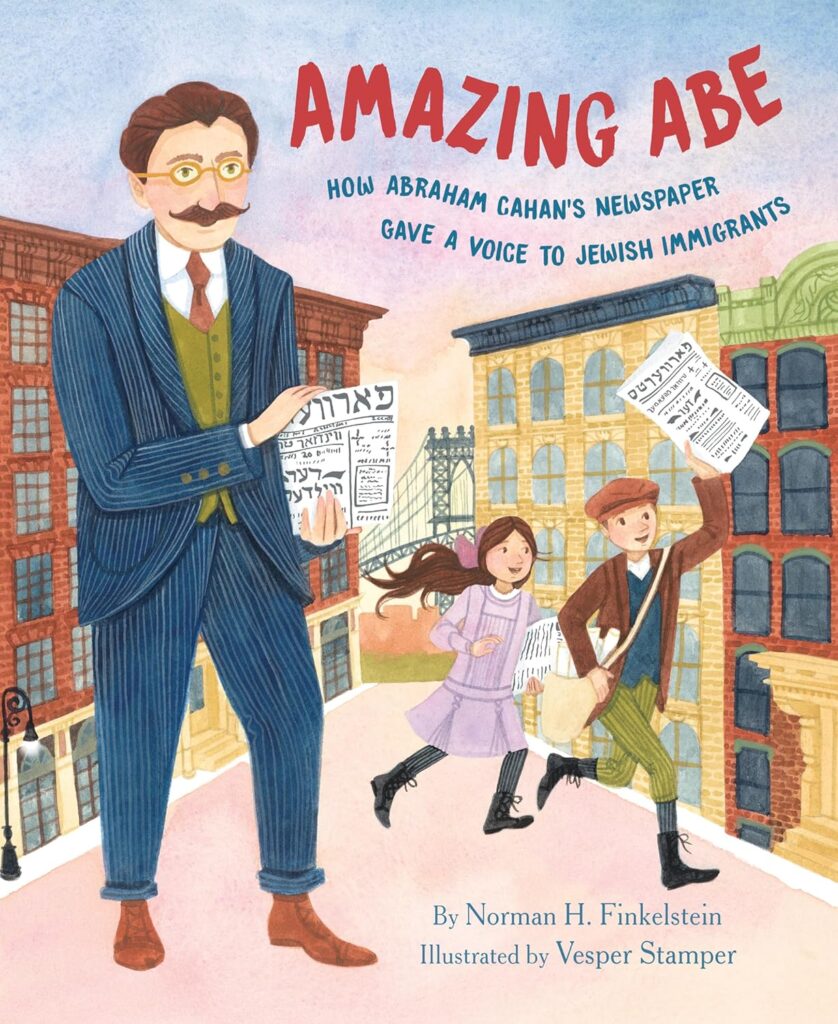

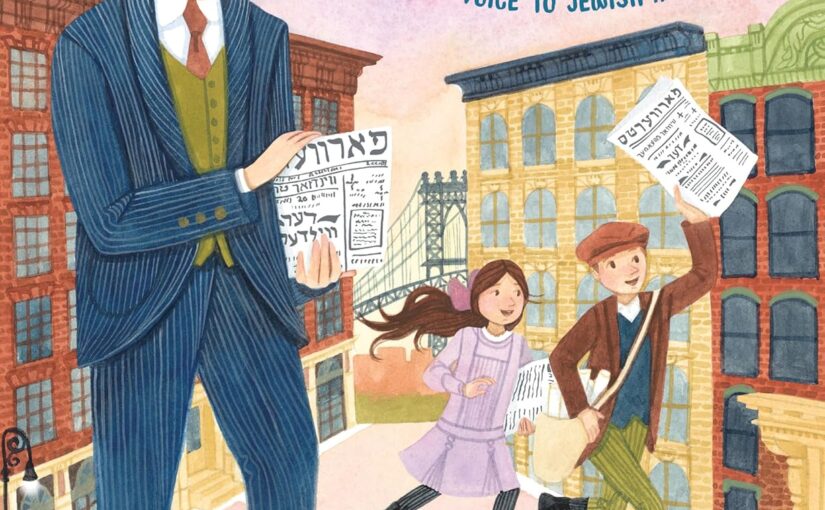

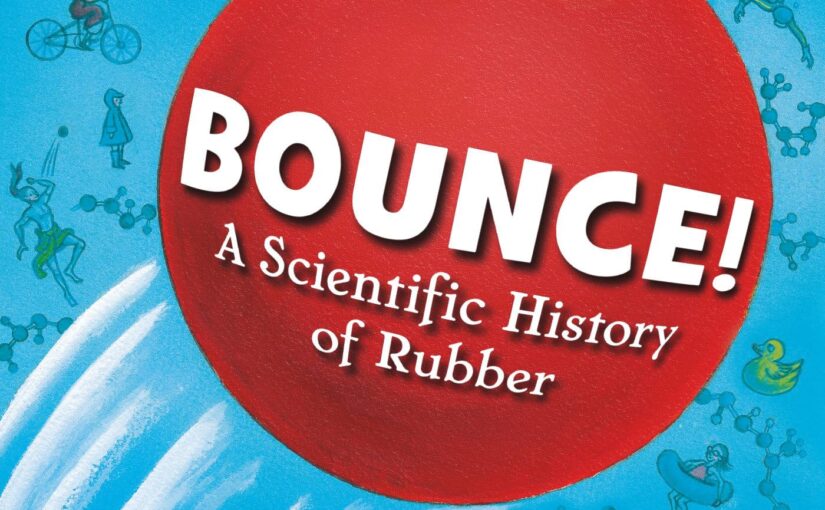
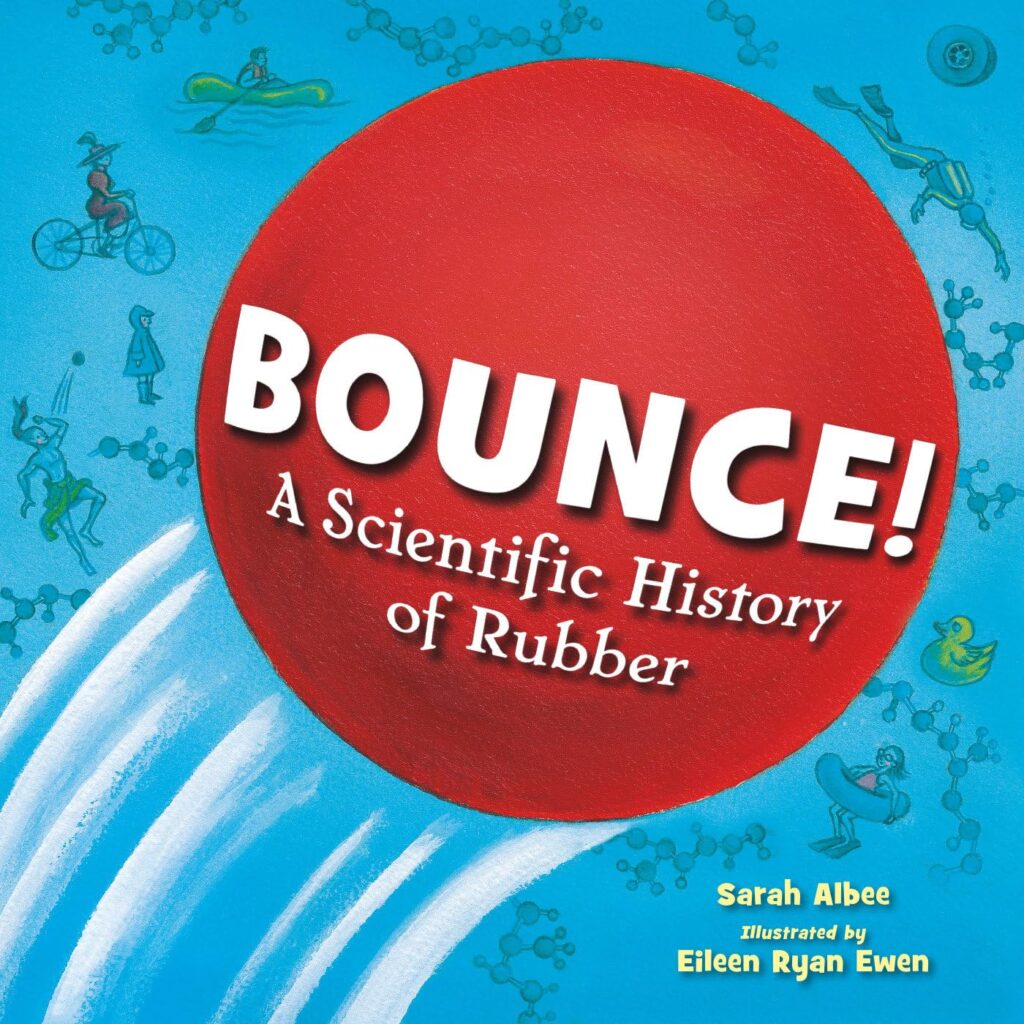

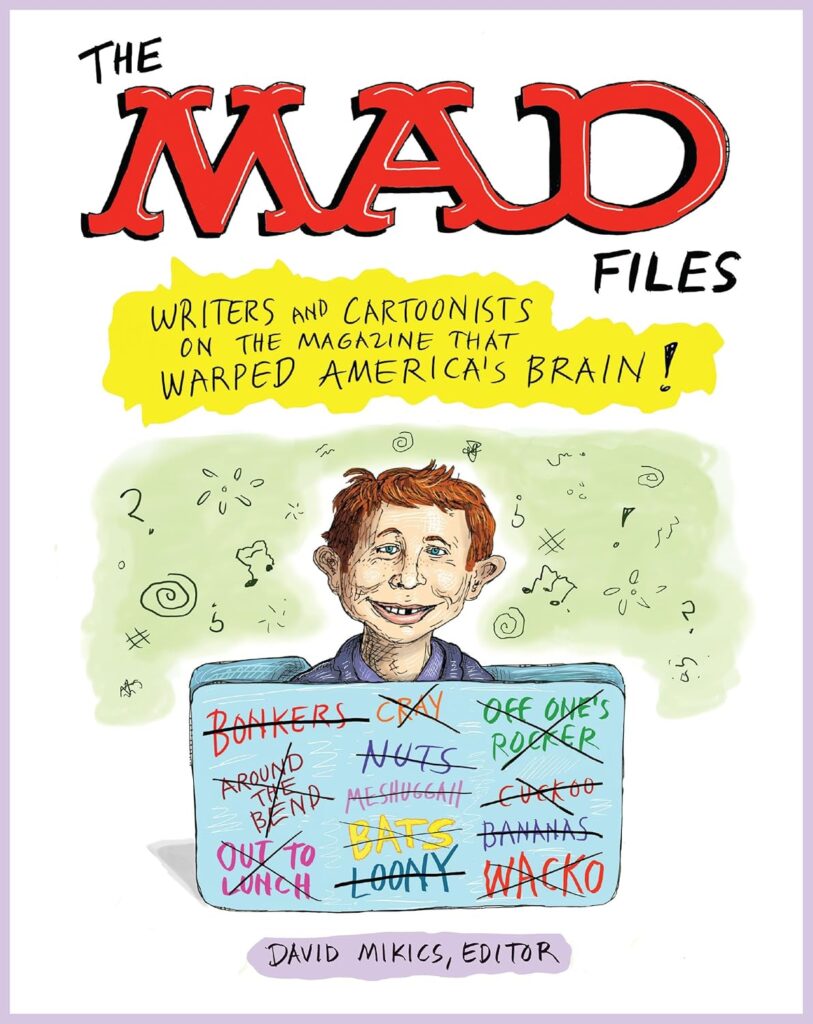
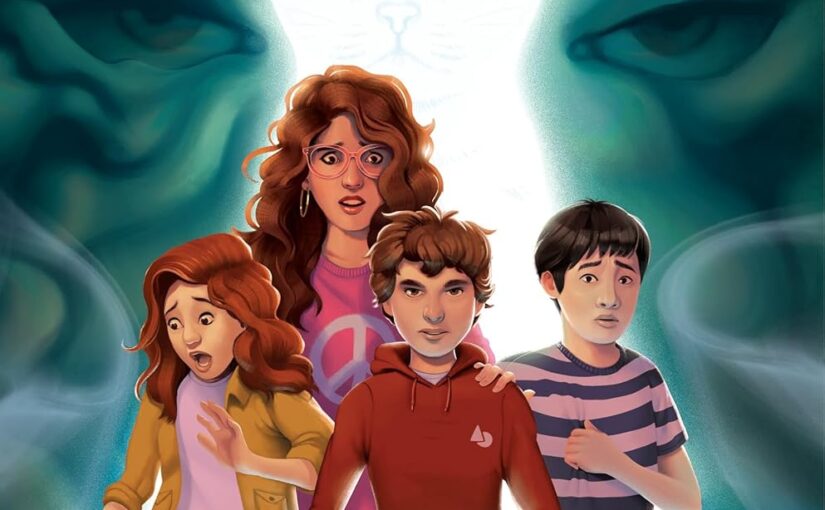
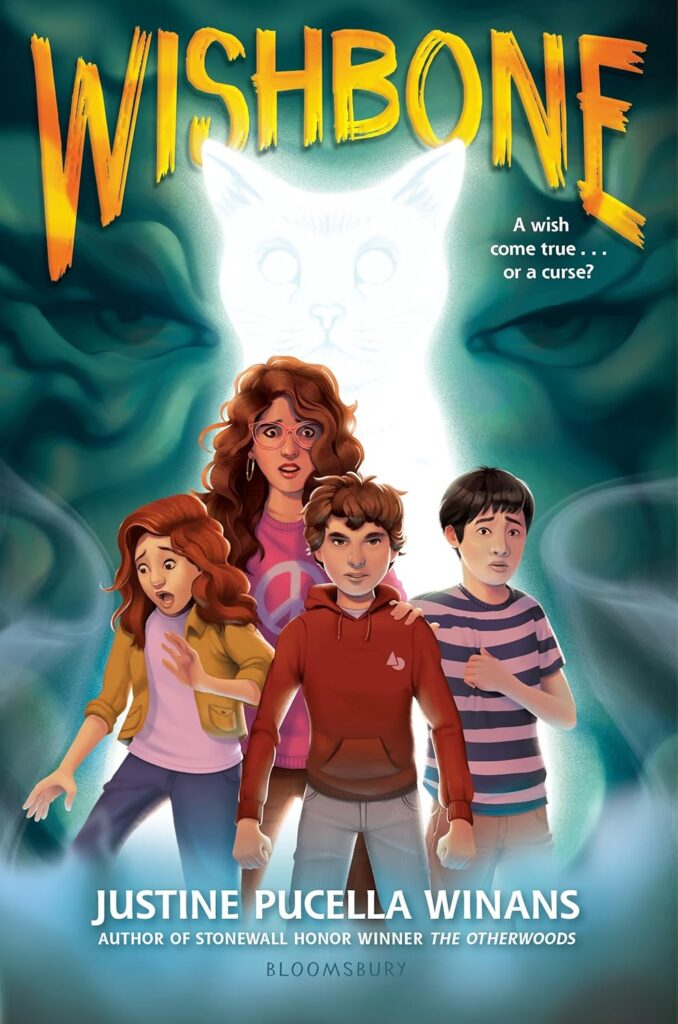
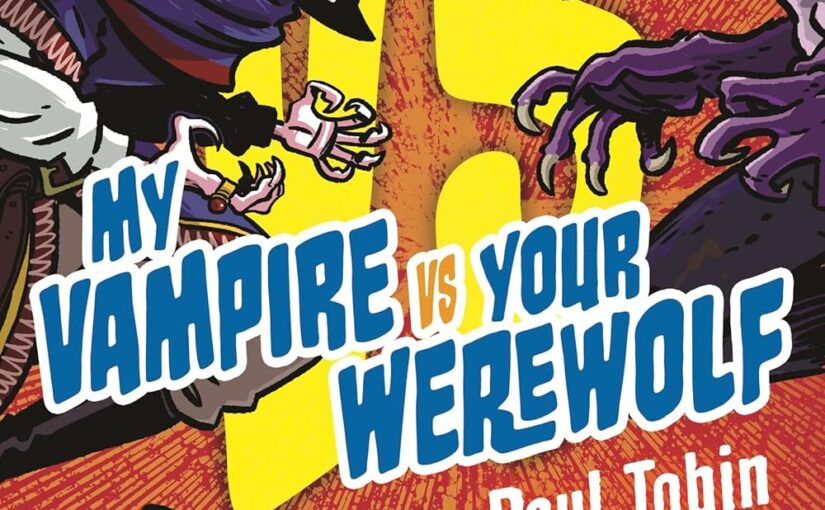
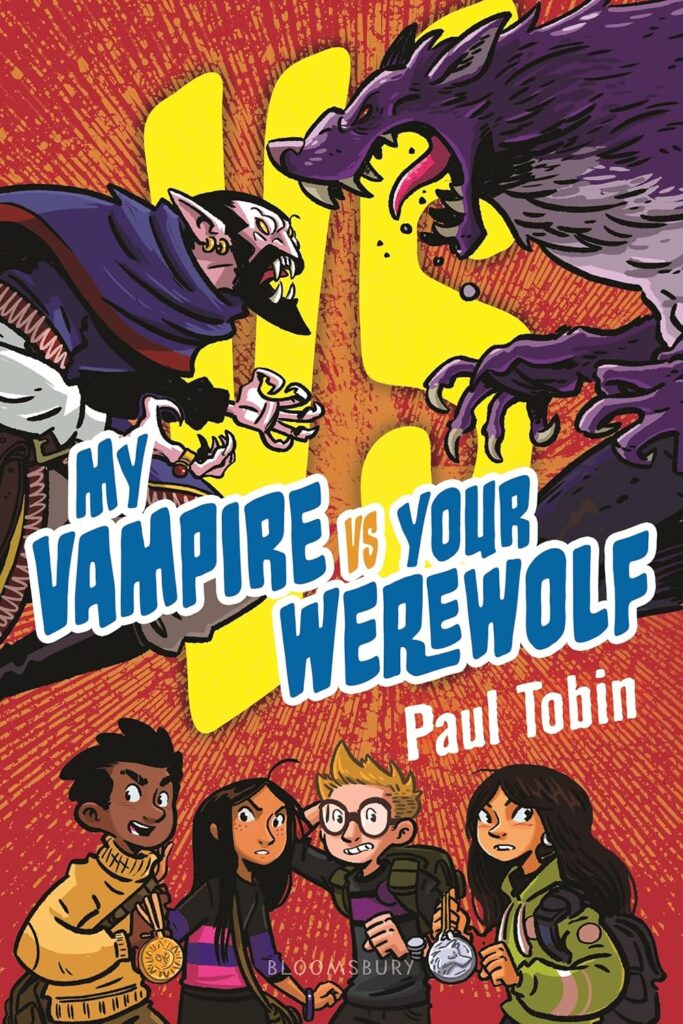
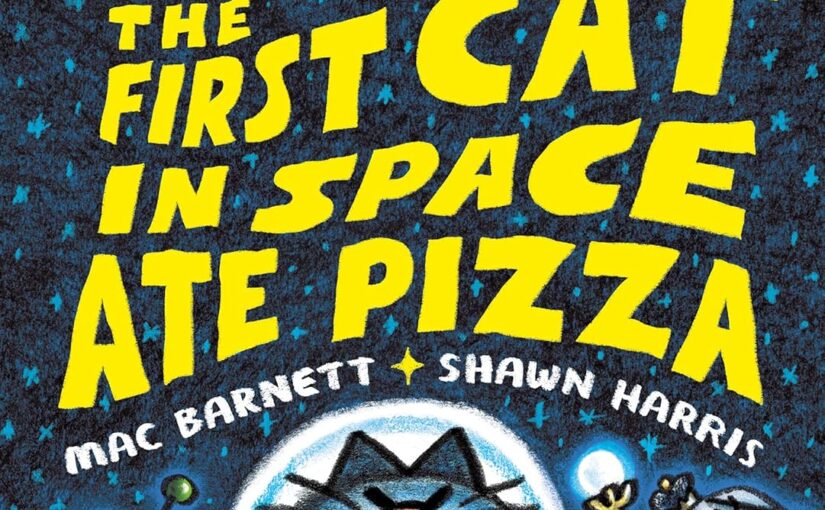
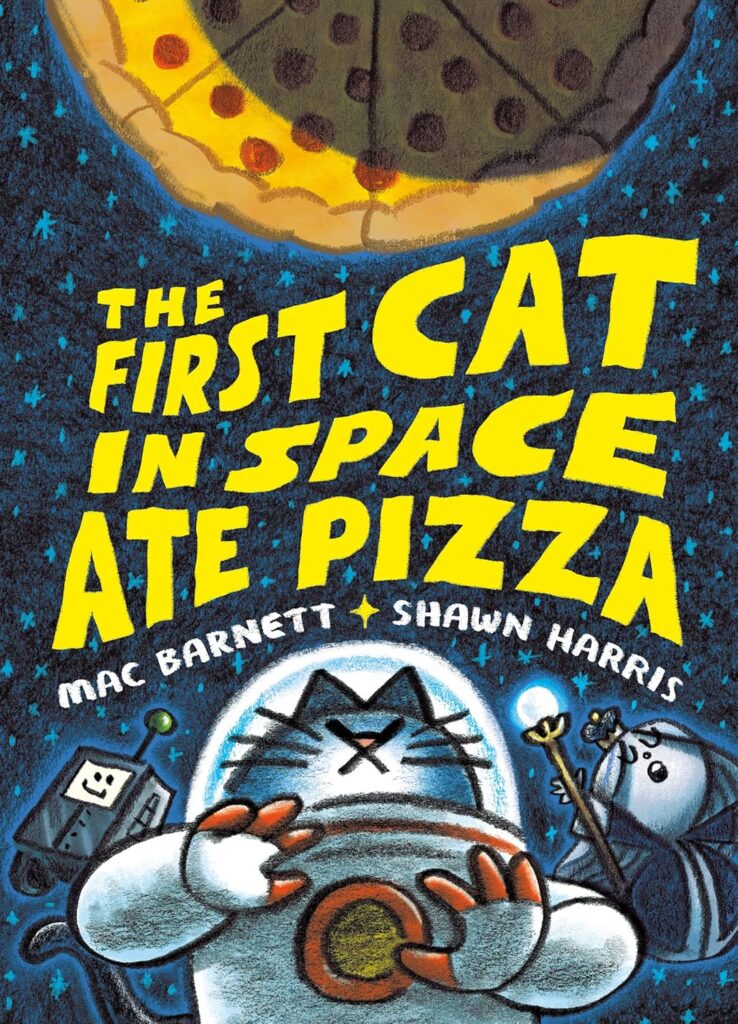
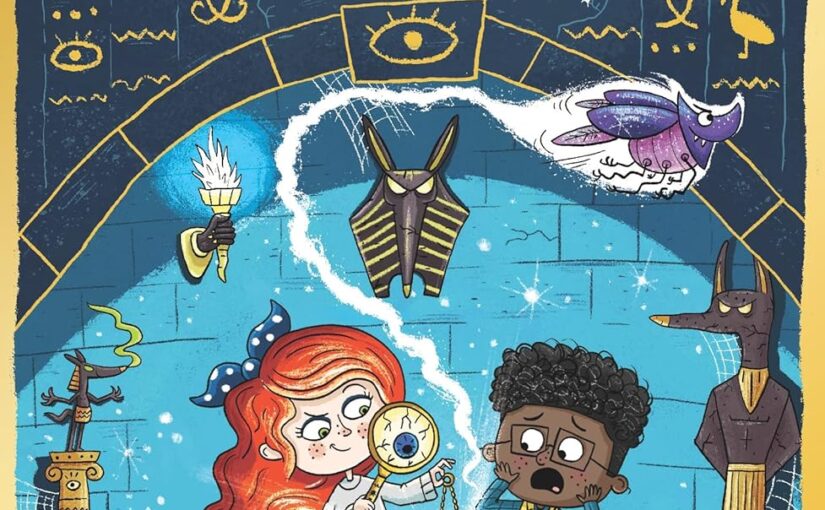
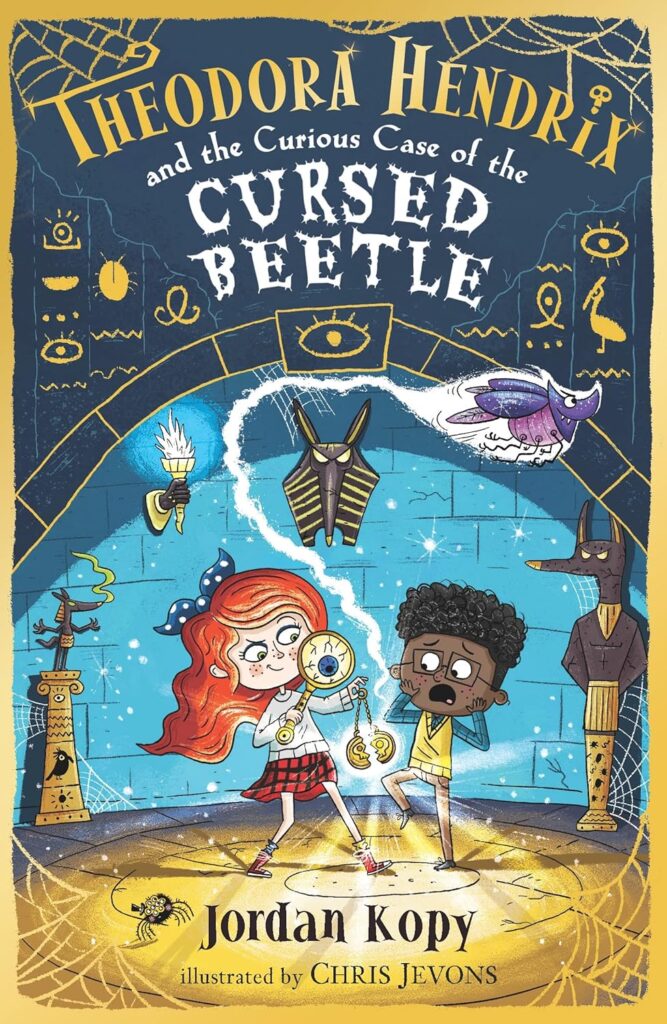




 Facebook
Facebook Twitter
Twitter Flickr
Flickr GooglePlus
GooglePlus Youtube
Youtube